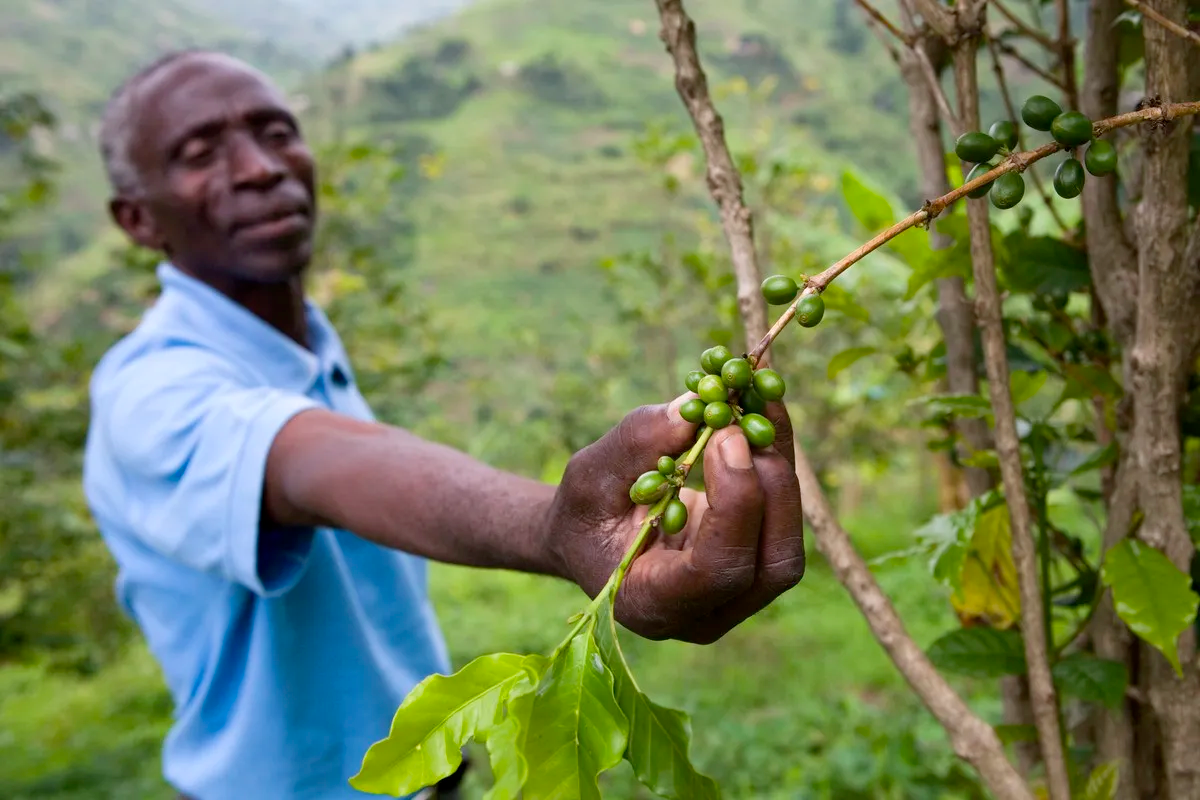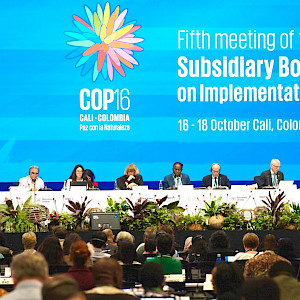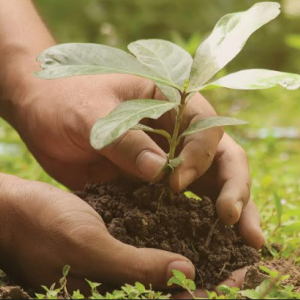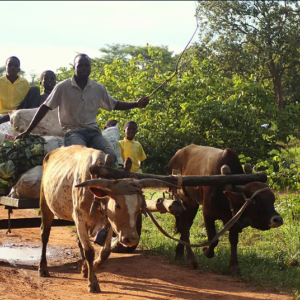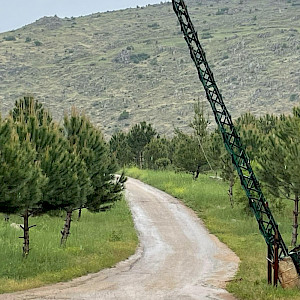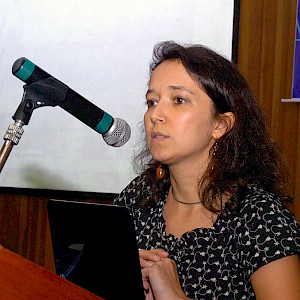World Environment Day this year marks the launch of the UN Decade on Ecosystem Restoration, an important moment to get people excited about restoration and to galvanize a new generation of activists who are passionate about protecting and restoring nature.
We are at a critical moment in time: people are waking up — and stepping up — for nature and, more than ever, understand the importance of a sustainable future. Forests are at the heart of this future. Ending forest conversion, preserving the forest carbon sink, and restoring forests has the potential to avoid more than one-third of global emissions. It’s also critical to meeting the Sustainable Development Goals, as well as our global goals on climate and biodiversity.
Under the Bonn Challenge, 61 countries have committed to bringing 350 million hectares of degraded and deforested landscapes into restoration by 2030 — that’s an area larger than India.
Restoring landscapes in a way that meets the needs of people and nature is not an easy task. But as our new report, Twenty years later: Lessons learnt from forest landscape restoration projects worldwide, shows, it is fully possible.
In Tanzania’s East Usambara landscape, for example, where most residents rely on natural resources for their livelihoods, forest landscape restoration (FLR) efforts helped introduce activities like brick-making to reduce dependence on timber for construction and fuel-efficient stoves to minimise fuelwood collection. Combined with alternative income-generating activities like beekeeping, butterfly farming, fish farming and agroforestry, this helped reduce direct pressure on the forest and provide an incentive for restoration. In this instance, increases in household income have been a direct indicator of success, and reflect the importance of the social dimension of FLR. Over time, sustainable income streams give local communities the resources to take on the long-term management of their forest lands.
FLR can also be highly effective in restoring biodiversity habitats and corridors. In Borneo’s Ulu Segama Malua lowland rainforest, for example, industrial exploitation and oil palm plantations have destroyed much of the habitat of the now-critically-endangered orangutan. For more than a decade, WWF and partners have been running an FLR project in the region to restore orangutan habitat, food and shelter by planting trees and reconnecting areas of high conservation value to save the species — and the forest ecosystem it has come to symbolize. Systematic monitoring now shows an increase in orangutan numbers.

